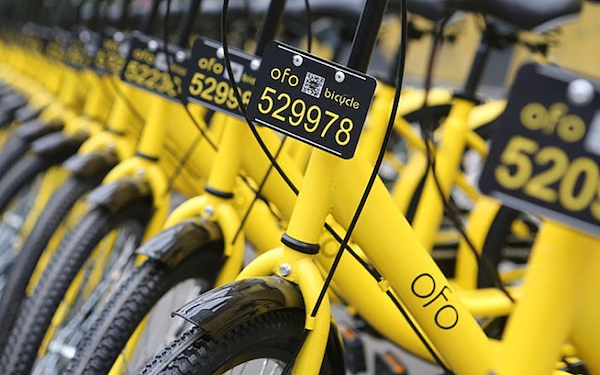E-wallets, unmanned stores and more: How retailers are innovating in Asia

This article appears in the latest issue of Digiday magazine, a quarterly publication that is part of Digiday+. Members of Digiday+ get access to exclusive content, original research and member events throughout the year. Learn more here.
Retail has been falling in the U.S. But across the Pacific Ocean, there are many retail innovations in Asia, ranging from product display to payments to logistics. Here’s how the store of the future is being rethought in China, South Korea, Japan and India.
China’s unmanned stores: Staffless stores like EasyGo and BingoBox are an emerging phenomenon in China.

Super-fast food delivery services: Platforms like Meituan and Baidu Waimai can usually deliver food to consumers in around 10 minutes and allow them to track their delivery on mobile. Seamless and Grubhub would be considered “too slow” by Chinese standards.

Mobile bike-sharing: Two startups, Mobike and Ofo, offer station-free bike sharing services in cities like Beijing and Shanghai.

Facial recognition payment: Alibaba-owned fintech company Ant Financial tested a facial recognition payment service called “smile to pay” with KFC in China this September.

Ad position: web_incontent_pos1
South Korea’s 3-D shopping assistants: Physical stores like iClothing use three-dimensional scanners to scan shoppers’ bodies and create a 3-D avatar of them. Then, visitors can go to the physical store and virtually try on clothes with the avatar, skipping the fitting room.

Japan’s smart vending machines: These machines take a picture of shoppers and recommend drink choices to them based on their gender and age. Then, customers make their choice using a digital screen.

India’s e-wallets: India has more diverse mobile payments than China, where Alipay and WeChat Pay dominate. Paytm, Oxigen, MobiKwik and PayUmoney are among the major mobile payment services in India.

More in Marketing

In the marketing world, anime is following in the footsteps of gaming
As marketers look to take advantage of anime’s entry into the zeitgeist, they might be wise to observe the parallels between the evolution of anime as a marketing channel and the ways brands have learned to better leverage gaming in recent years.

With the introduction of video ads and e-commerce, Roblox looks to attain platform status
Roblox is expanding into more areas than just ads in 2024. Much like platforms such as Amazon and Facebook have transcended their origins to evolve from their origins as online marketplaces and social media channels, Roblox is in the midst of a transformation into a platform for all elements of users’ virtual lives.

PepsiCo wants to remain a ‘driver of culture’ as it turns to influencers and activations amid rebrand
The soda-maker says it can translate cultural relevance into sales volume.
Ad position: web_bfu



